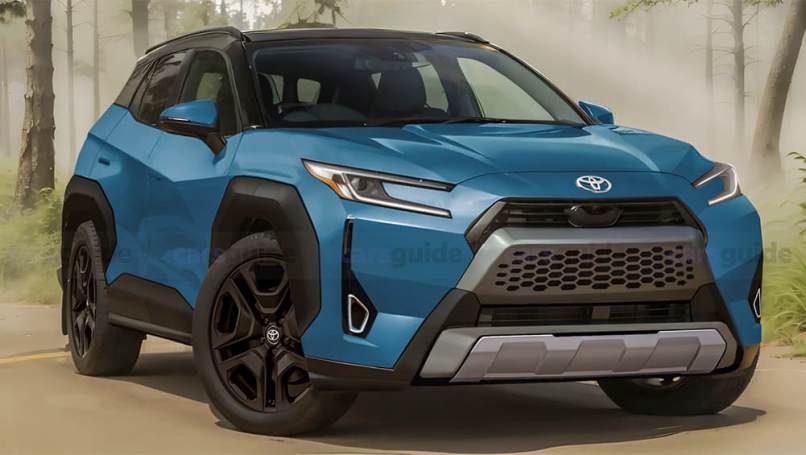
European electric car slashed nearly $20,000: Cupra Born in run-out with huge offers for MG4 hatch, Tesla Model 3 and Polestar 2 alternative
The Volkswagen Group’s first electric car to arrive in Australia is now being...
Browse over 9,000 car reviews

What makes a car important? Depending on the brand, important can mean a lot of different things.
It could be its profitability or maybe it’s the new technology it will bring or even a new image it could create for a brand.
So picking the most important new models from Australia’s biggest brands isn’t always easy, but looking ahead to what’s headed our way in 2025 one common theme emerged - sales.
It seems obvious, it’s important that the models each brand offers sell, but in the case of these five there is an extra layer of importance beyond just the volume they will or won’t do.
To say the Ranger is important to the success of Ford Australia is an understatement. Sales of the ute account for more than 60 per cent of its total volume, and that’s before factoring in the Everest SUV spin-off.
Ford has put a lot of money and resources behind this new plug-in hybrid version of the Ranger, knowing that it needs to cut its fleet emissions as the New Vehicle Efficiency Standard (NVES) is introduced in 2025.
If Ford can get its marketing and sales staff to successfully push the Ranger PHEV it sets the brand up for a bright, lower-emissions future. But if they can’t, it could become a very expensive white elephant for the brand.

Toyota hasn’t said too much on the record, but all signs point to a new RAV4 arriving by the end of 2025. The popular SUV usually has a six-year lifespan and the current iteration was launched in 2019, so in theory it’s time is up.
What will we see from the new RAV4 - will it be more of the same or a shift upmarket like we’ve seen with the CH-R? The former is far and away the most likely, although don’t be surprised if inflation drives the price up slightly, as the RAV4 has become the brand’s bedrock passenger vehicle.
There is a possibility it will follow the Camry and go for an all-hybrid line-up, but that would undoubtedly drive the entry-price up and Toyota is probably hesitant to do that if it can be avoided. It should have enough hybrids to help offset its HiLux and LandCruiser sales under NVES.
Why is a small car so important in 2025? Especially when Kia is set to launch its all-new Tasman ute? Well, because of sales.
The K4 is the replacement for the Cerato which, despite all the hype around SUVs and utes, is still Kia Australia’s second best-selling model (behind the Sportage SUV, of course). If the more polished-looking K4 carries a significant price rise, though, that could dent its market appeal and leave Kia with a sudden drop in its overall volume.
Small cars like the Cerato and Toyota Corolla still do decent volumes, in large part because they are affordable and appeal to a sizeable number of people that don’t want a bigger car. Pricing the K4 right will be the most important challenge for Kia Australia in 2025, regardless of what happens with the Tasman.
This new baby of the Hyundai family is due in the early months of 2025 and will bring with it a lot of expectations and new hope. While we’re still waiting for official details (at the time of publication) the speculation is it will carry a sub-$40k price tag. That would be a big deal for Hyundai in its fight against the influx of affordable electric small cars from China - such as the GWM Ora, BYD Dolphin and MG4.
But more than that, the Inster needs to draw a younger audience to Hyundai. The brand has deliberately ditched its ‘cheap and cheerful’ image for a more premium range. But there’s no doubt many current Tucson, Santa Fe and Staria drivers probably had an Excel or Accent in their past.
The Inster is unapologetically youth-targeted, so if it can be priced right it could be critical in reviving Hyundai’s chances with a fresh audience for years to come.
The Chinese brand may be proudly celebrating its improved new generation of vehicles, including the recently launched ZS Hybrid+, but the reality is its volume aspirations are tied to affordability. Which is where the rest of the ZS will play such a crucial role when it arrives in early 2025.
While the hybrid offers a good value package, its mid-$30k price range is a big step up from the sub-$25k entry-level ZS of old. Introducing at least two (but preferably three) sub-$30,000 models will be crucial to maintaining the ZS as the best-selling small SUV in the country.
Comments